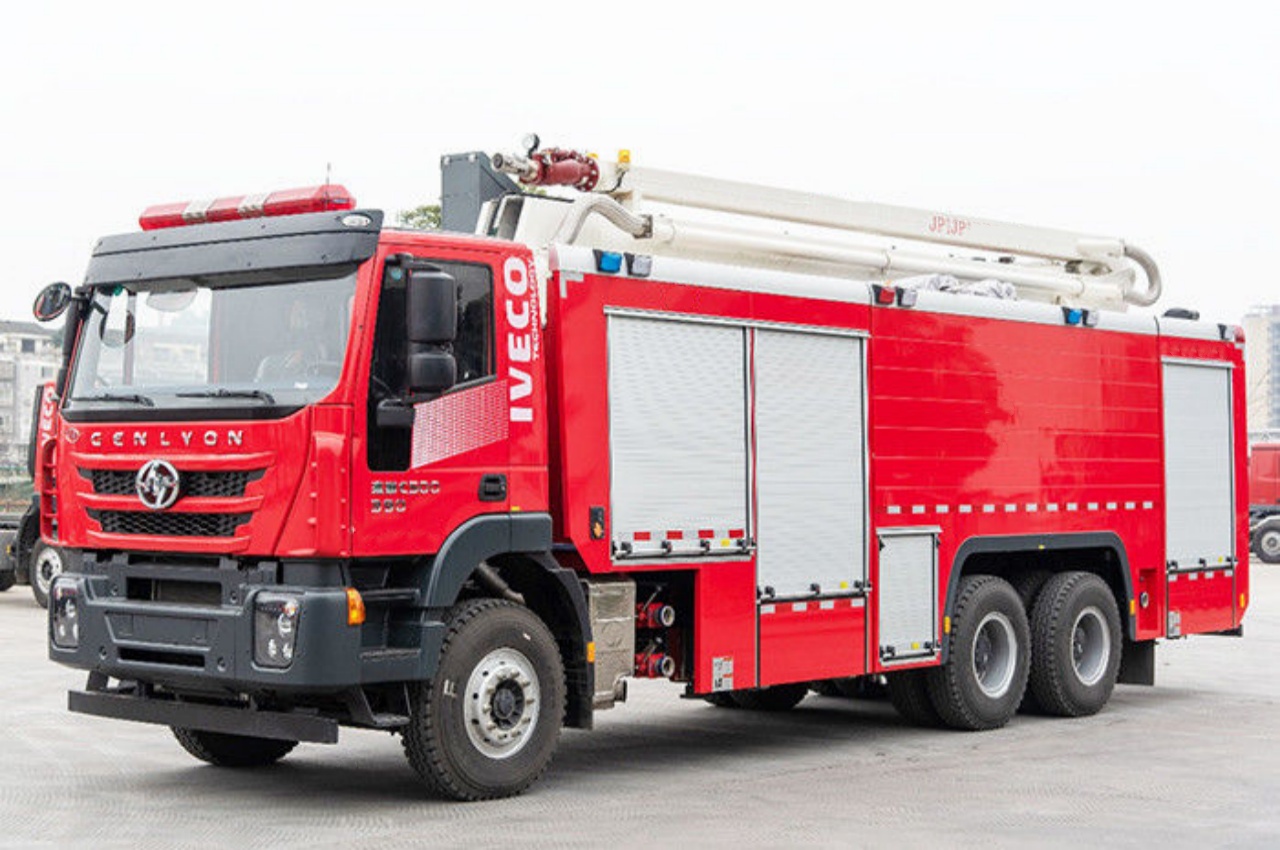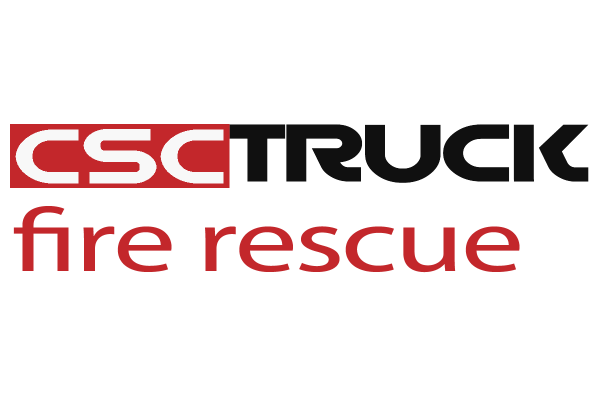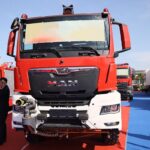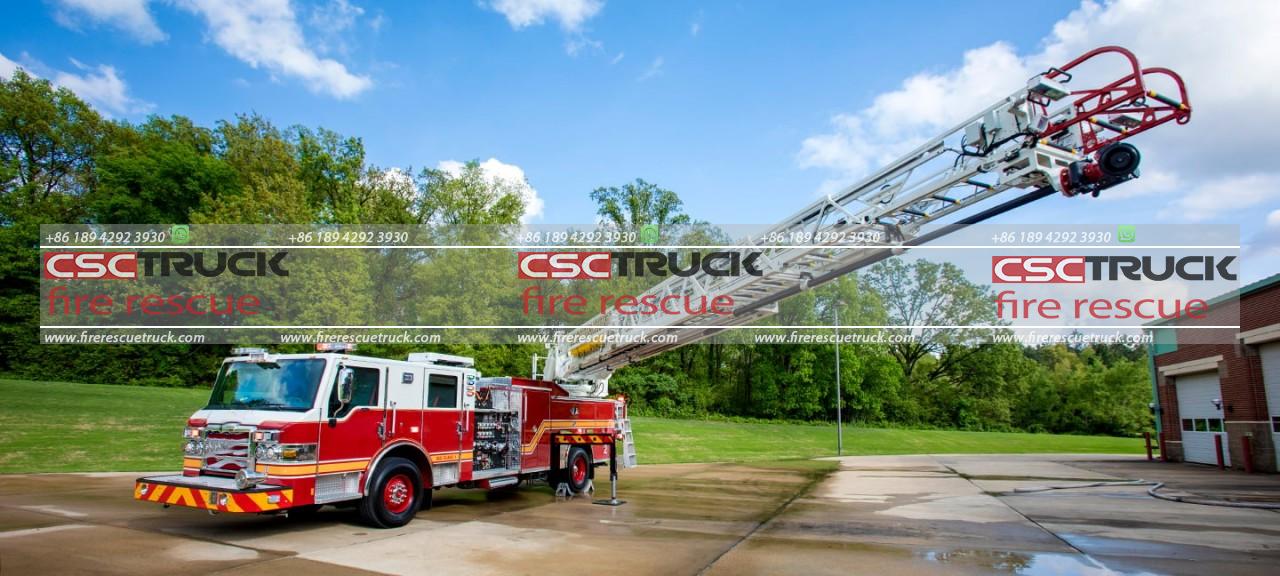Fire trucks are among the most iconic emergency response vehicles, easily recognized by their bold red color, sirens, and flashing lights. But while the general public often refers to all firefighting vehicles as “fire trucks,” the terminology used by firemen and professionals within the fire service is far more nuanced and specific. Understanding what firemen call their vehicles reveals the complex and specialized world of firefighting, where terminology can vary based on function, region, and even department tradition.
A World Beyond Just “Fire Truck”
In casual conversation, people tend to use the term fire truck to refer to any vehicle used by firefighters. However, to firemen, this term is often too vague. Within the fire service, vehicles are categorized by their function and equipment. Firefighters refer to their vehicles using specific names like:
- Engine
- Truck
- Rescue
- Tanker (or Tender)
- Squad
- Brush Truck
- Quint
These names aren’t just jargon — they refer to distinct types of apparatus, each designed for particular tasks during emergency operations.
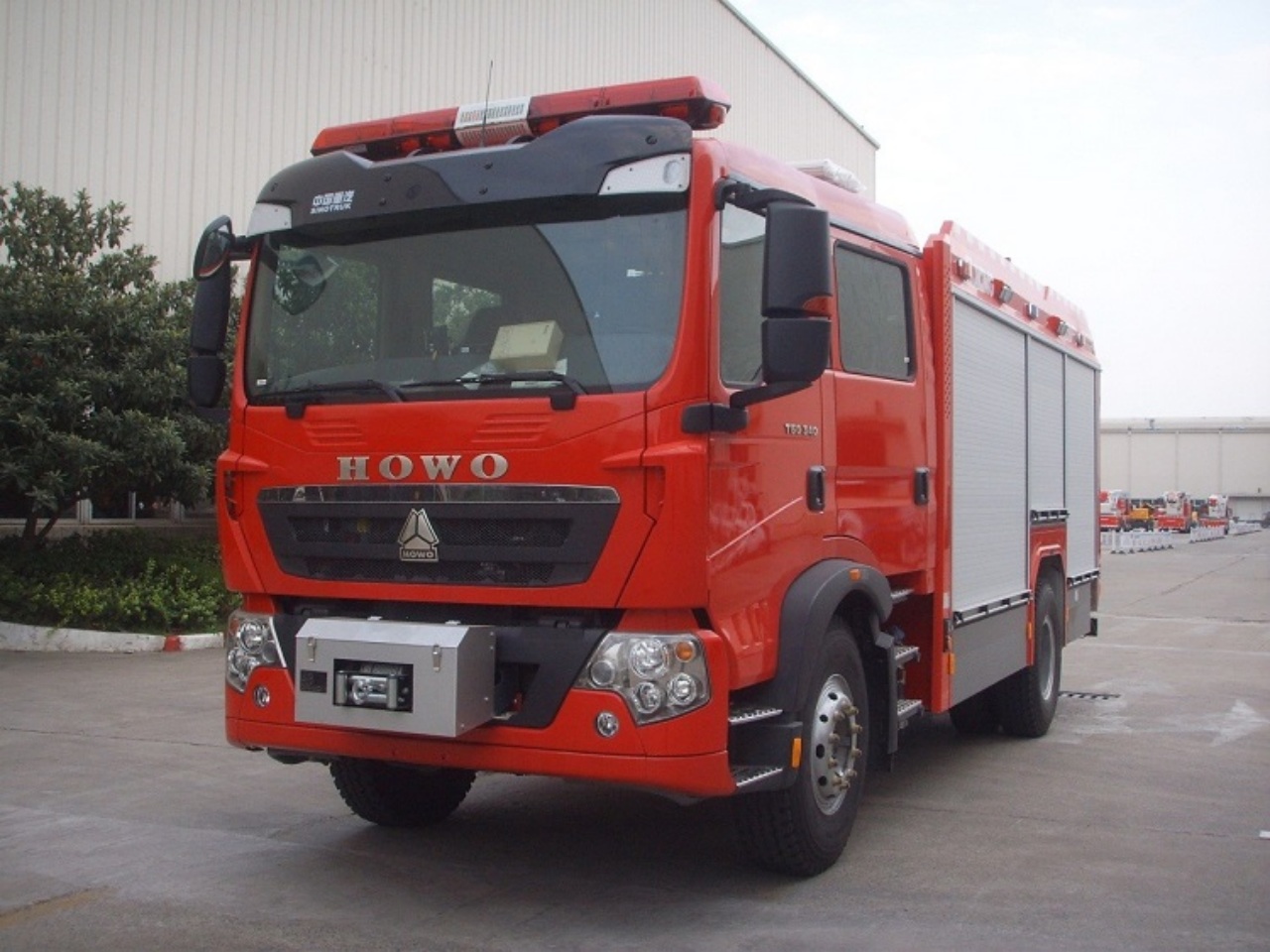
The Fire Engine: The Core of Firefighting
Perhaps the most important vehicle in a fire department’s fleet is the fire engine, also known simply as an engine. This is what many people picture when they think of a fire truck — a large vehicle with hoses, ladders, and flashing lights.
However, firemen use the term engine to specifically refer to a vehicle whose primary function is to pump water to fight fires. Engines carry hoses, a water tank, and a pump. Most also carry basic firefighting and rescue tools. The engine is often the first vehicle to arrive at a fire scene.
Key Features of a Fire Engine:
- Water tank (usually 500–1,000 gallons)
- Water pump (typically 1,000–2,000 gallons per minute capacity)
- Multiple types of hose (attack, supply, booster)
- Ground ladders
- Firefighting tools (axes, halligans, thermal cameras)
In most fire departments, these are numbered and referred to by their unit designation, such as “Engine 3” or “Engine 21.”
The Ladder Truck or “Truck”
When firemen refer to a truck, they are usually talking about a ladder truck, not just any fire vehicle. Ladder trucks are equipped with long aerial ladders used for reaching high-rise buildings, ventilation, and elevated rescues. There are 2 main types of ladder trucks: straight aerials and tower ladders (with platforms at the top).
Common Names Used:
- Truck – Short for ladder truck.
- Tower – A ladder truck with a platform at the top.
- Ladder – Another term for the same, often used in combination (e.g., Ladder 12).
Unlike engines, trucks typically do not carry water. Their main focus is on search and rescue, forcible entry, ventilation, and ladder operations.
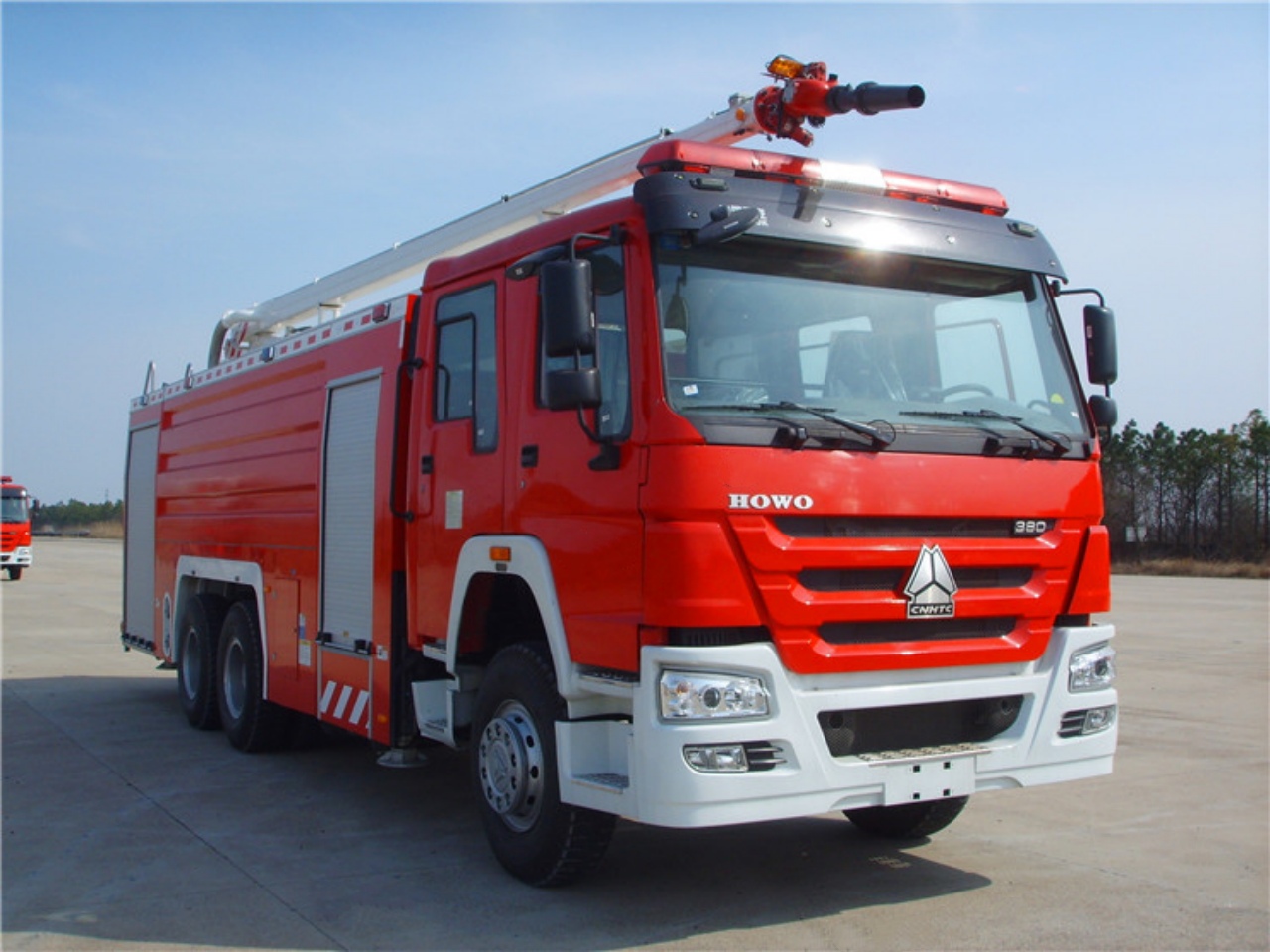
Rescue Trucks and Squads
Some fire departments have vehicles dedicated to technical rescue operations, such as extricating victims from car crashes, confined space rescues, or responding to hazardous materials calls. These are typically called rescue trucks or squads.
- Rescue: A vehicle focused entirely on rescue and emergency medical operations.
- Squad: In some departments, a “squad” is a hybrid unit that carries tools for both fire suppression and rescue operations.
Large metropolitan departments like the FDNY have specialized squads and rescues that play a critical support role during complex incidents.
Tankers (or Tenders)
In rural or suburban areas where fire hydrants may be scarce, fire departments rely on tankers (called tenders in some regions) to bring water to the scene. These vehicles are equipped with large water tanks — often holding 1,500 to 3,000 gallons of water — and are essential for fighting fires in remote locations.
Firemen often refer to these vehicles by their designation, such as “Tanker 6” or “Tender 4,” depending on local preference.
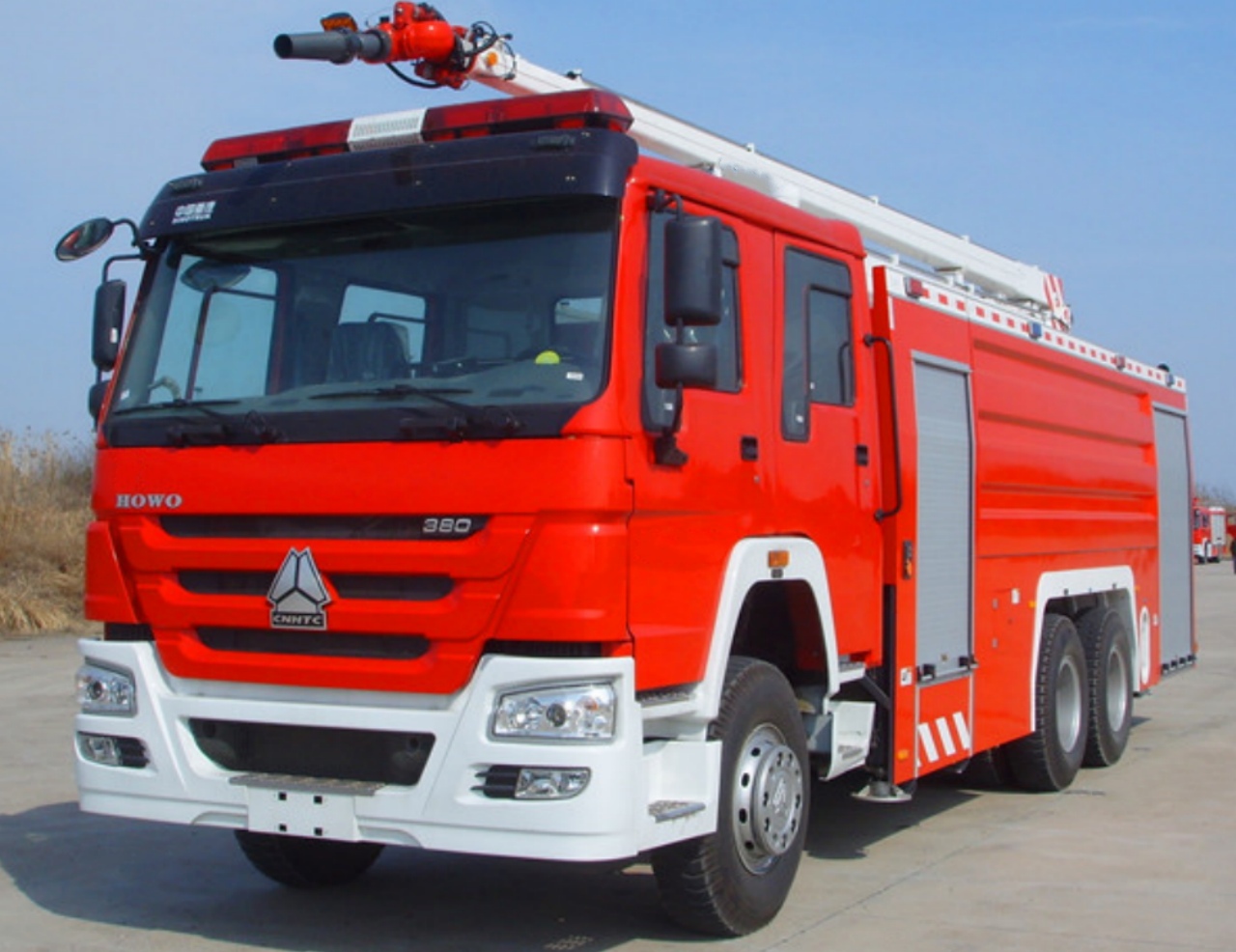
Brush Trucks and Wildland Engines
For fires that occur in forests, grasslands, or other wildland areas, departments use specialized vehicles called brush trucks or wildland engines. These are typically smaller, 4-wheel-drive vehicles capable of navigating rough terrain.
Firefighters might simply call these “brush units” or “grass rigs,” and they are vital during wildfire season or in areas with extensive open land.
The Quint: A Five-in-One Hybrid
A quint is a hybrid vehicle that combines features of both an engine and a ladder truck. The name “quint” comes from the five main functions it serves:
- Pump
- Water tank
- Hose
- Ground ladders
- Aerial device (ladder or platform)
Quints are popular in departments that want to maximize versatility with fewer vehicles. Firemen usually still refer to these by their assigned unit name, like “Quint 5,” and know exactly what they’re capable of.
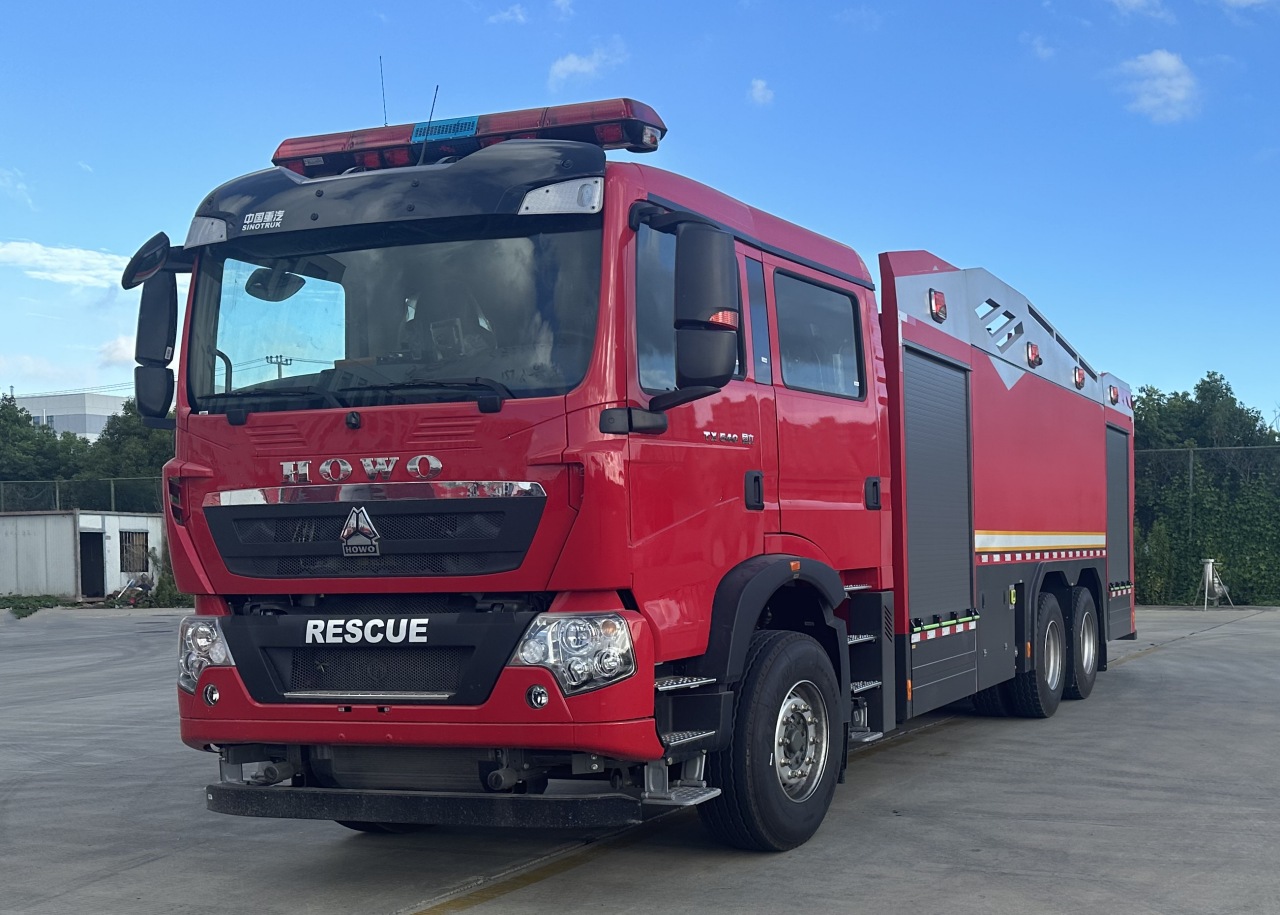
Department-Specific Nicknames
Different fire departments may develop their internal lingo or nicknames for their apparatus. For example:
- The Wagon – An informal term for a fire engine.
- The Stick – Refers to a ladder truck, especially 1 with a straight aerial.
- The Box – Can refer to the response assignment area, but sometimes used for rescue units in urban departments.
- The Rig – A general term for any fire apparatus, used informally among firefighters.
Final Thoughts: Names with Purpose
So, what do firemen call their fire truck? It depends on the truck’s job. In the fire service, precision is essential. Calling something a “truck” or an “engine” is not just a matter of preference — it tells other fire personnel exactly what capabilities that vehicle has, who’s on it, and what role it will play at an emergency scene.
The next time you hear a fire truck going down the street, remember: To a firefighter, that’s not just a truck — it might be Engine 7, Ladder 2, Rescue 5, or Tanker 9, each with a distinct purpose, crew, and mission.
